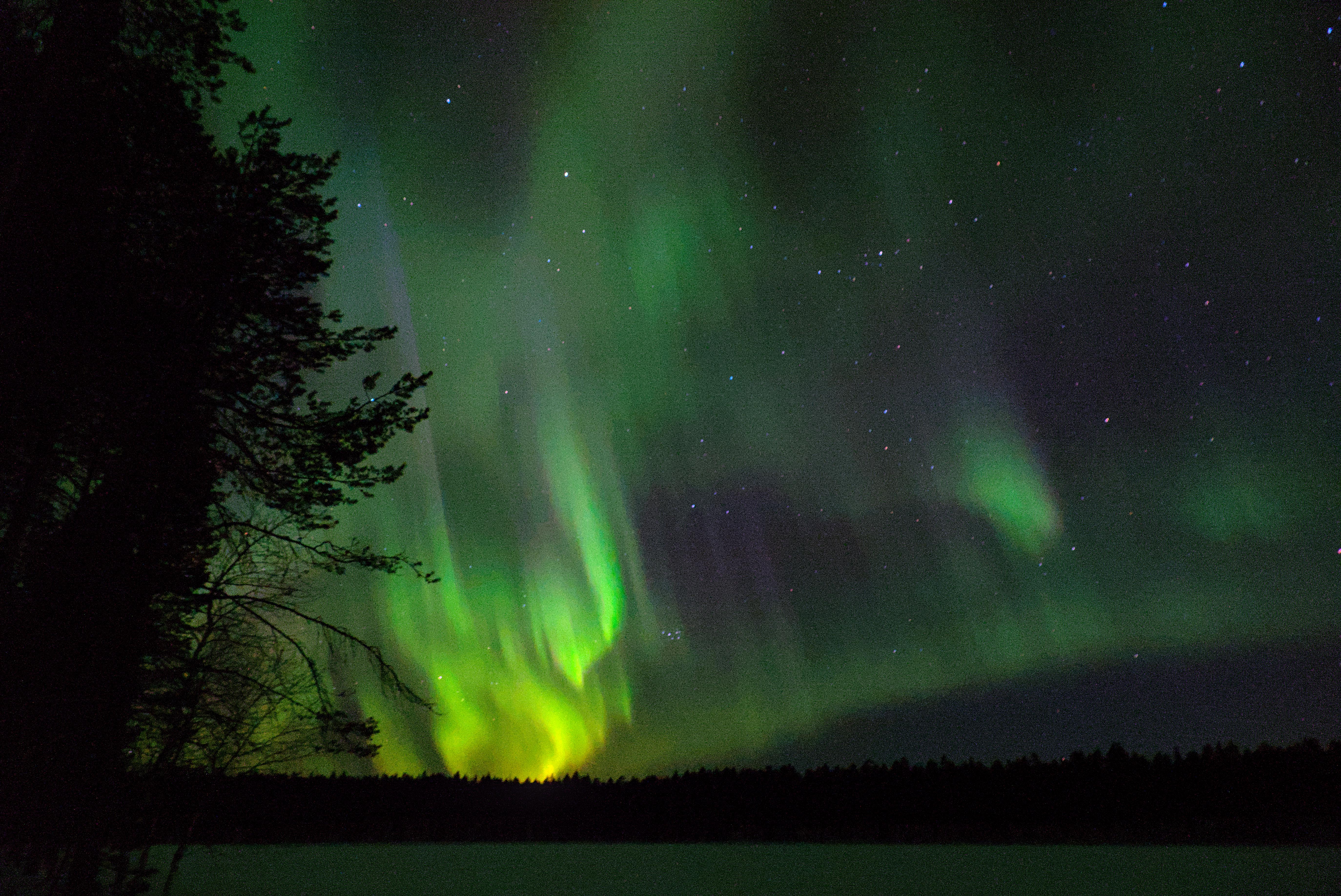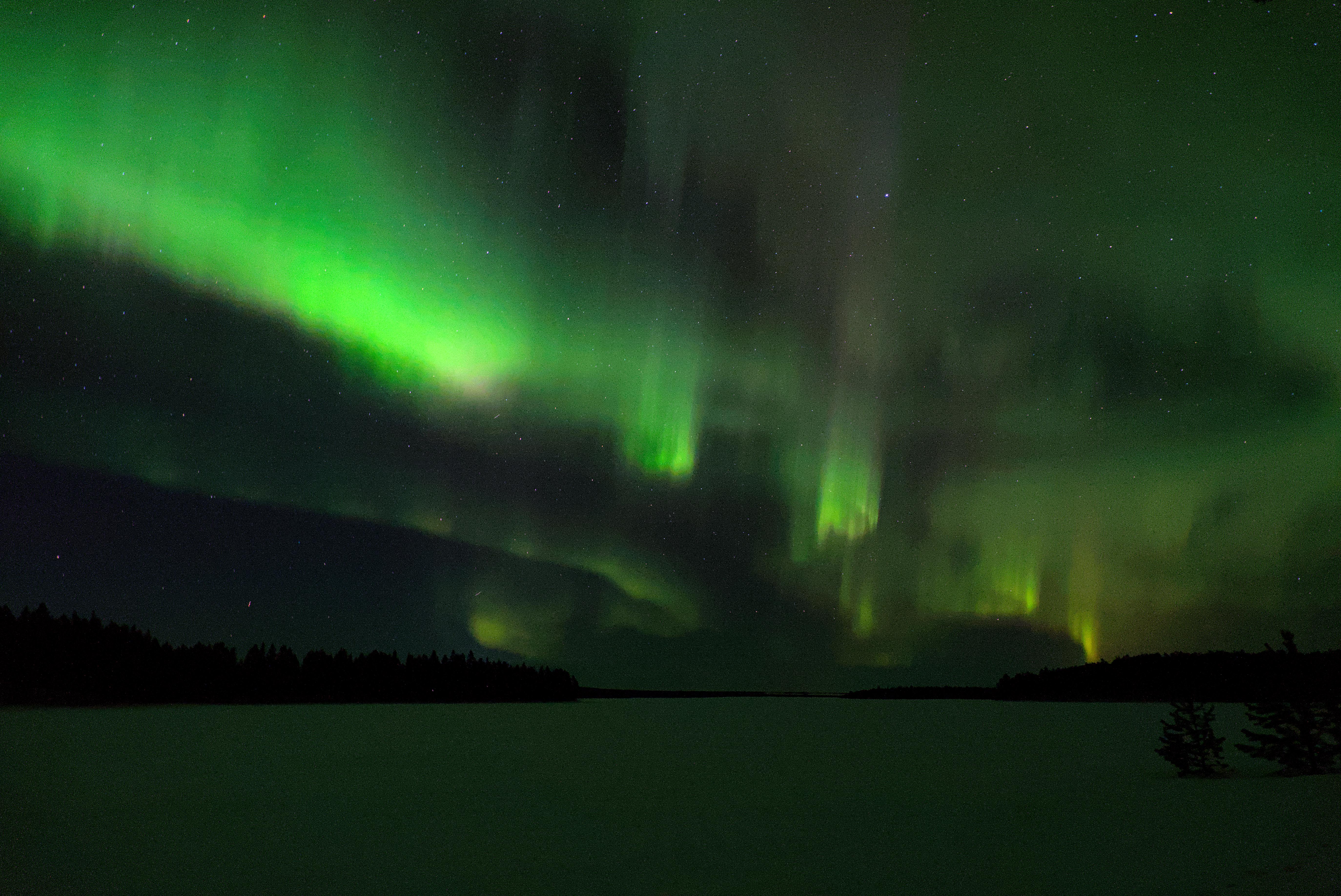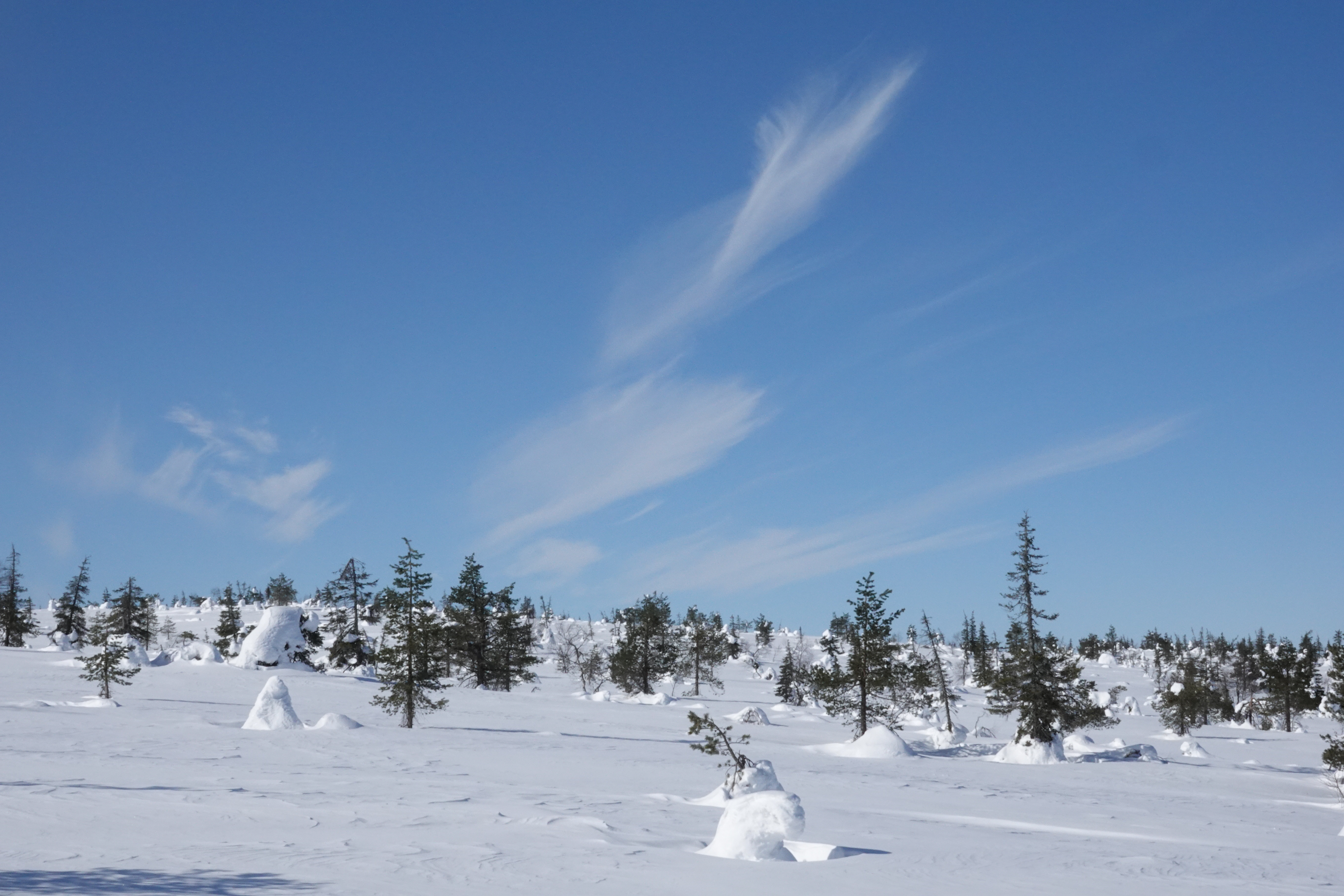Grass would be more of a hassle. Once the plants have properly rooted down, the tracks shouldn't need any watering or routine cutting. I'm guessing that the trams themselves prevent most of the plants from growing too long. As can be seen in the first picture there, the plants between the rails are shorter than those between and outside the two tracks.
An extreme value is always only extreme in relation to some baseline. For temperatures it's usually a value that departs far from the local average. With WBT it can also mean values that approach the limit of what the human physiology can handle, a value that is quite universal due to us all being of the same species. The body cannot adapt beyond the limits set by thermodynamics.
Tropical and extreme aren't mutually exclusive. +30°C in Antarctica would be both tropical and extreme. Both are used where applicable. A temperature can also be extreme without being tropical. No matter what Trump thinks, he doesn't have the power to redefine (let alone erase) words.
The wet bulb temp. in a proper sauna should get quite high, I don't have exact numbers but above 70°C or so (dry temp. 90°C, relative humidity 50% would translate to a WBT of 74°C). In most contexts that would be extreme, but not here.
*Extreme WBT's
A wet bulb thermometer measures wet bulb temperature (WBT), which is a metric that always exists and can always be measured. It only gets bad when the WBT reaches an extreme value, as is the case for basically all environmental metrics. Saying that wet bulb temperature is lethal is like saying that temperature is lethal. Look out for temperature! I'm sorry for the rant so I'll try to keep this short, but "wet bulb" by itself in this context is an inane shorthand that lacks all the significant words and muddles the meaning of those words that are in it. Scientists talk about Extreme WBT events, because that's what they are. A less of a mouthful would be nice for science communication, but I don't want it to come at the expense of words losing meaning like that.
Heatwave is a nice and descriptive word for one type of an extreme temperature event. Cold snap is another one. I'm glad neither is called "temperature event" because that would be dumb.
Nice! Altocumulus stratiformis undulatus, but with two intersecting systems of undulations. Think of them like cross waves at sea.
Oh, right. I figured that a person using a screen reader can probably see that one by themselves, but I suppose I could throw that one into the post body as well.
I had to do a double take when I first saw that "RASH" in the comment above. Is there a place where it's written like that instead of just SHRA or was that just a joke? Generally the pattern is always [intensity][descriptive attribute][phenomena], but the US system has so many deviations from the international standards that I can't be certain.
Thanks for the reminder!
Thanks! Time really is the most important ingredient. Look at enough sunsets and sunrises with an adequate camera on hand, and every now and then a great scene will come up. After that it's just point and shoot.
Thanks!
Thanks! Yes, it is a photo. The moth was chilling on a window after sunset. The blue dots are out of focus apron lights.
They sure don't tend to do that, but there are still mundane explanations for this. An unintentional collision between the satellite and another object being one of them.
"I find it hard to believe they would use such a big satellite as an ASAT target," McDowell said.











Great to see it. Those look very nice!